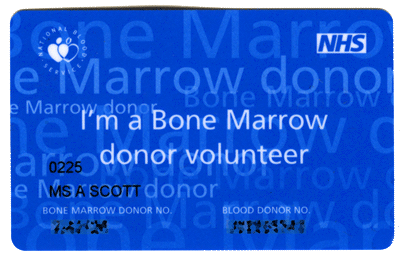March 2, 2007: Here's our basic 'whitish' bread. A quick note on flour -- it needs to be strong, if not very strong, and I tend to think stoneground flour produces better bread than roller milled flour. I do not like my bread to be particularly fluffy, and this one seems to produce a good mix. It also makes lovely toast. This bread comes from recipes in two directions; from the breadmaking instructions in "How to be a Domestic Goddess" by Nigella Lawson, and from the my-bread-machine-instructions on Freebake. So you might want to substitute whatever it says for yours.
Put the pan on a scale! Go for a nice, electronic, re-zeroing scale like the one I got with ebay postage in mind. Mmm. Then add the wet ingredients first: 45g boiling water, 205g cold water, 20g (or a bit less) olive oil (don't use extra virgin!). Then the cooking aids: a little salt (I use half a teaspoon) and about a teaspoon or so of Smash (that's the genius Nigella touch! Honestly. People have been baking bread with their potato water for centuries; this is just a cheat's approach). Then 430g flour: I use about 150g spelt (which is wholemeal) and 280g strong white flour. Then yeast -- I've been using Freebake's yeast.
Then the magic bit. You put the pan in the bread machine, say Abra-bread-abra, wait 3 hours or overnight, tap the machine with your oven gloves, and take out a lovely loaf of bread. You're supposed to wait till it cools. Right.
February 26, 2007: Eventually Mike and Flick got fed up and brought it round. It's a Panasonic SD200; obsolete now but still entirely functional. It sat in a corner for a few weeks while we failed to make space for it. But now it has a nice, decluttered space to live in, and we're making lovely homemade bread, largely with breadmaking concentrates from Freebake. The kids are pretty disgusted; they argue that homemade bread is less good for toast than fluffy white sliced stuff. So I am still working on making the perfect toasting loaf. Advice welcome. This is now completed.
August 1, 2006:Mike said, cheerfully -- 'you could have mine; I don't use it now that I live near excellent bakers and sandwich shops, and it just takes up space. Not until you have somewhere to put it though.' So this is started.
